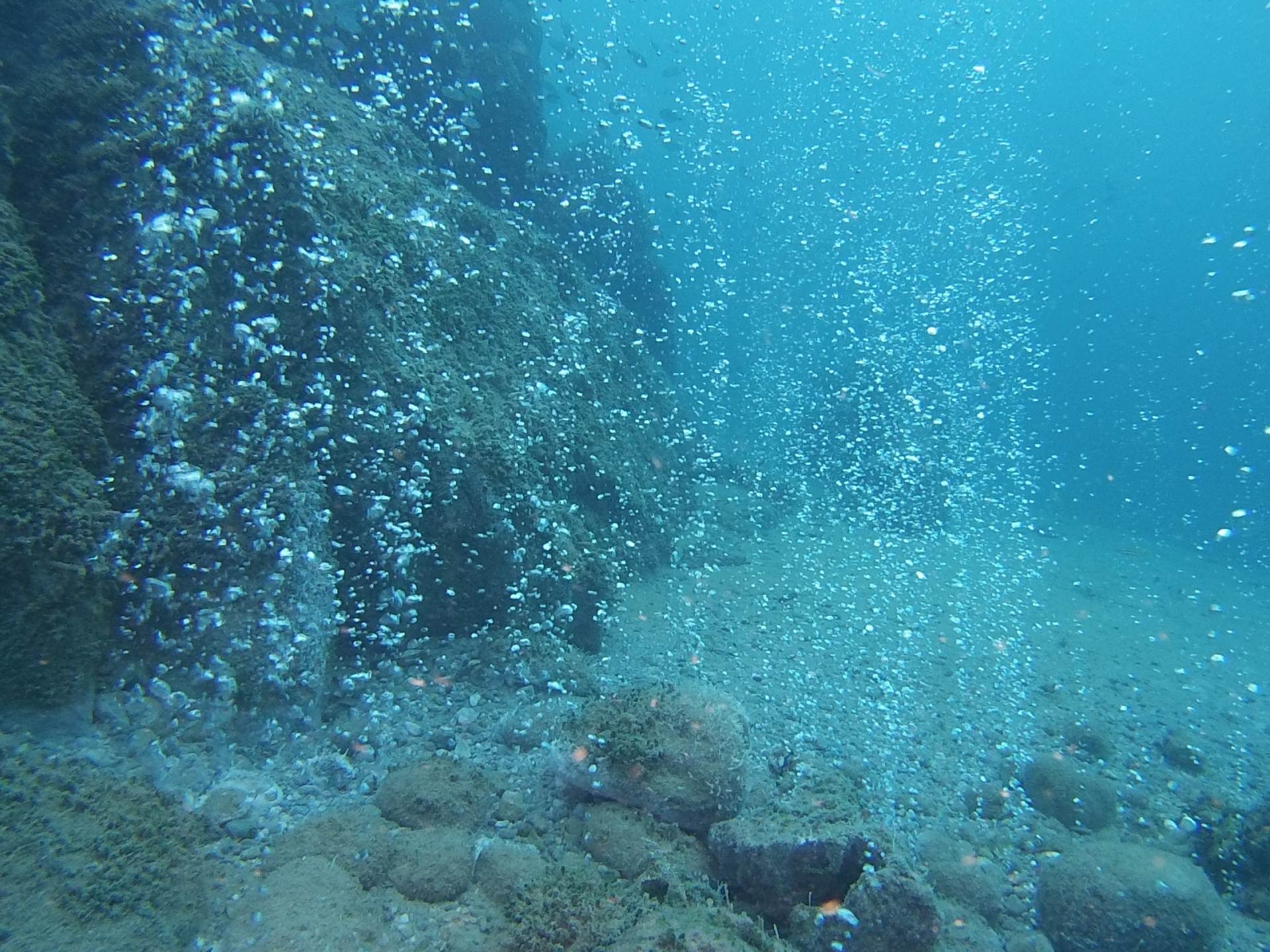
The Greek seas, the Ionian and the Aegean, are part of the Mediterranean Sea, the largest (2,969,000 km2) and deepest (avg. depth 1,460 m, max. depth 5,267 m) enclosed sea on Earth. They are located in its eastern basin, which communicates with the Black Sea through the Strait of Dardanelles and with the Red Sea through the Suez Canal. According to studies (Papaconstantinou, 2014), the Mediterranean Sea has a high diversity of habitats and, even though it represents only 0.82% of the total surface of the oceans, it shelters from 4 to 18% of the world’s marine species depending on the group of organisms concerned. The eastern Mediterranean basin accounts for 43% of the total number of Mediterranean fish species.
The Aegean and Ionian Sea ecosystems are characterized by the extended coastline of Greece (approximately 18,000 km in length), with a variety of coastal landforms, such as cliffs, rocky shores, beaches, and deltaic coasts. Although unknown to the wide public, the Greek seas are recognized by the international scientific community for their high environmental importance. They support some of the most important populations of whales, dolphins, seals, and turtles in the Mediterranean.
The waters closest to the shore host the highly productive and protected marine habitats, such as the Posidonia oceanic seagrass meadows - the forests of the sea. The exceptionally animated coralligenous reefs are found in deeper waters, more than 70 m deep. These biodiversity hot-spots are vitally important, because they maintain the balance and abundance of the ecosystem, supporting a rich diversity of over 1,600 species.
An increasing effort has been made in the last years by non-profit, non-governmental organizations, such as Archipelagos, WWF Hellas etc., or governmental ones, such as the National Centre for Marine Research, to preserve this unique wealth from threats deriving from human activity: overfishing, plastic pollution, marine traffic etc. Within the framework of the EU-funded Life program, the main axes of action are education, awareness of local and international communities, supervision and scientific research.
Sources:
- Miliou A.(2018), interview to The National Herald, 08/09/2018,p.8, retrieved from https://archipelago.gr/en/
- Papaconstantinou C.(2014), Fauna Graeciae.An updated checklist of the fishes in the Hellenic Seas, HCMR, Athens, retrieved from https://epublishing.ekt.gr/
- Tsimitakis M. (2013), Marine mammals under threat, retrieved from https://www.ekathimerini.com/
Tags:
-
-
-
Halkidiki



Load more comments